Affiliate links on Android Authority may earn us a commission. Learn more.
Everything Apple announced today: iPhone, iOS, Apple Watch, and more
Published onSeptember 12, 2018
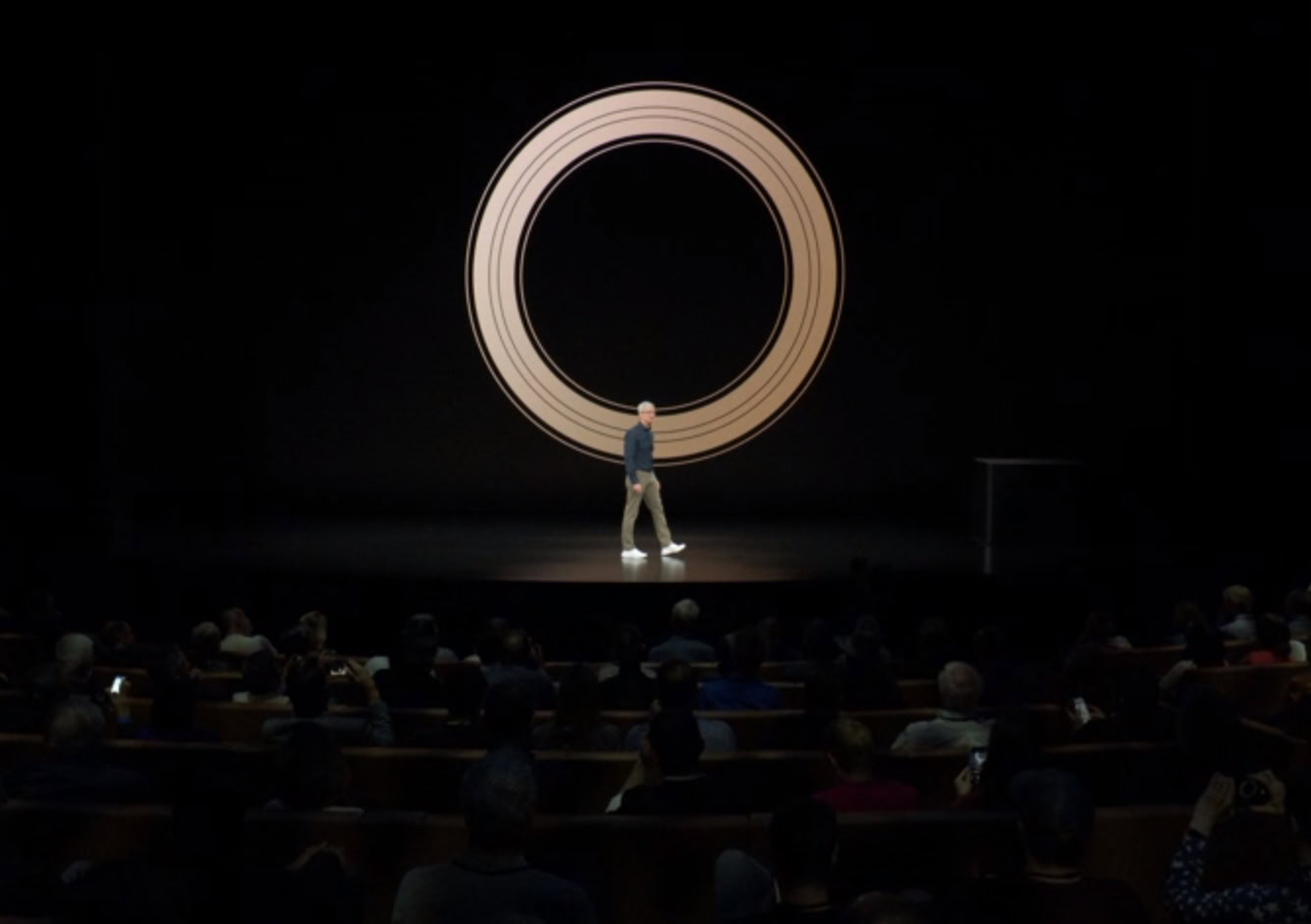
Apple’s iPhone launch event takes place each year in September, and the 2018 iteration happened today, September 12, at the Steve Jobs Theater at the company’s Cupertino headquarters. As expected, Apple unveiled three new iPhone models, the stable rollout of iOS 12, a new Apple Watch, and a few other upgrades to existing products.
Android Authority is obviously devoted to all things Android, and there’s nothing related to Android at an Apple launch. While this isn’t Android news per se, knowing what Apple is doing will give you a good idea of what probably lies in store for Android.
Without further ado, let’s get into what launched!
iPhone XS, iPhone XS Max, and iPhone XR
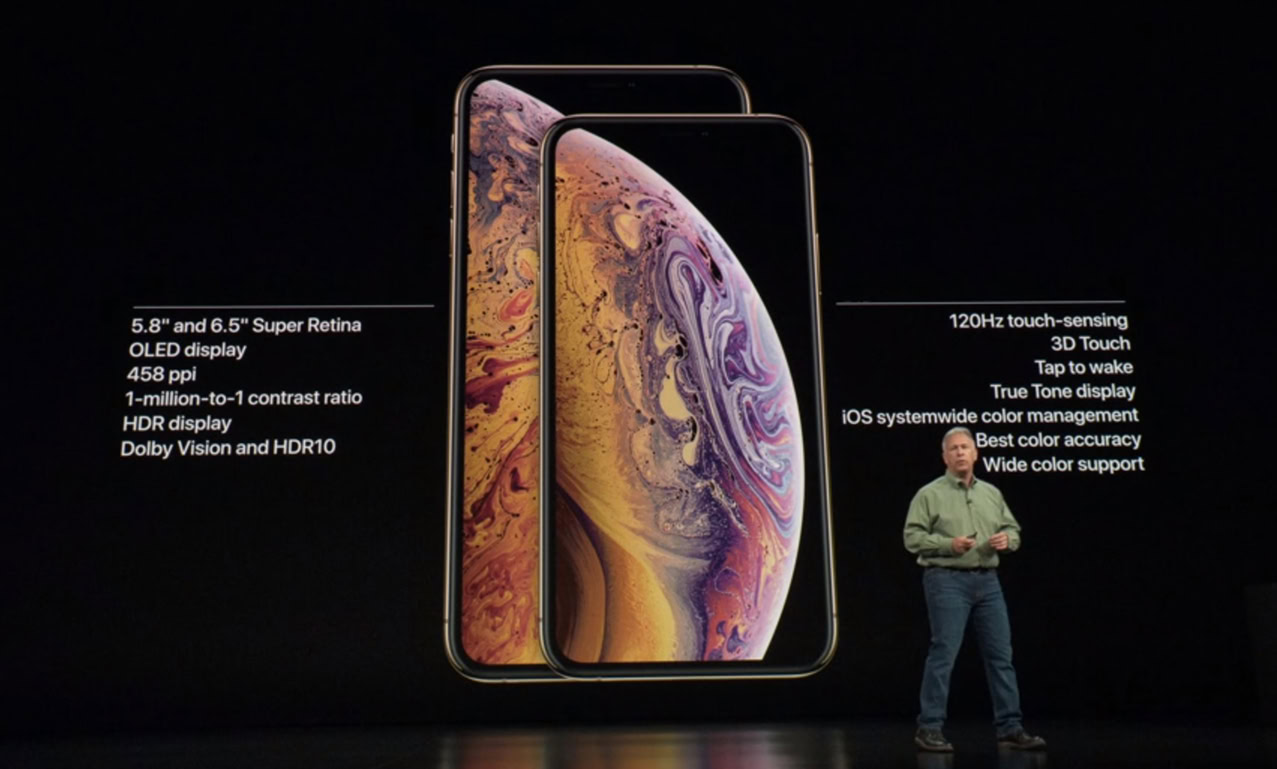
The newest iterations of the iPhone — there’s three of them altogether — all look a lot like last year’s breakout success, the iPhone X. That means that the design aesthetic of an all-screen display with a large notch at the top (which almost every Android OEM tried to emulate in 2018) is here to stay.
Last year, along with the iPhone X, Apple unveiled the iPhone 8 and iPhone 8 Plus, which both looked a lot like every other iPhone the company has released since the original. This year though, the “old” design — with a rectangular screen and a giant, circular home button at the bottom — is out entirely.
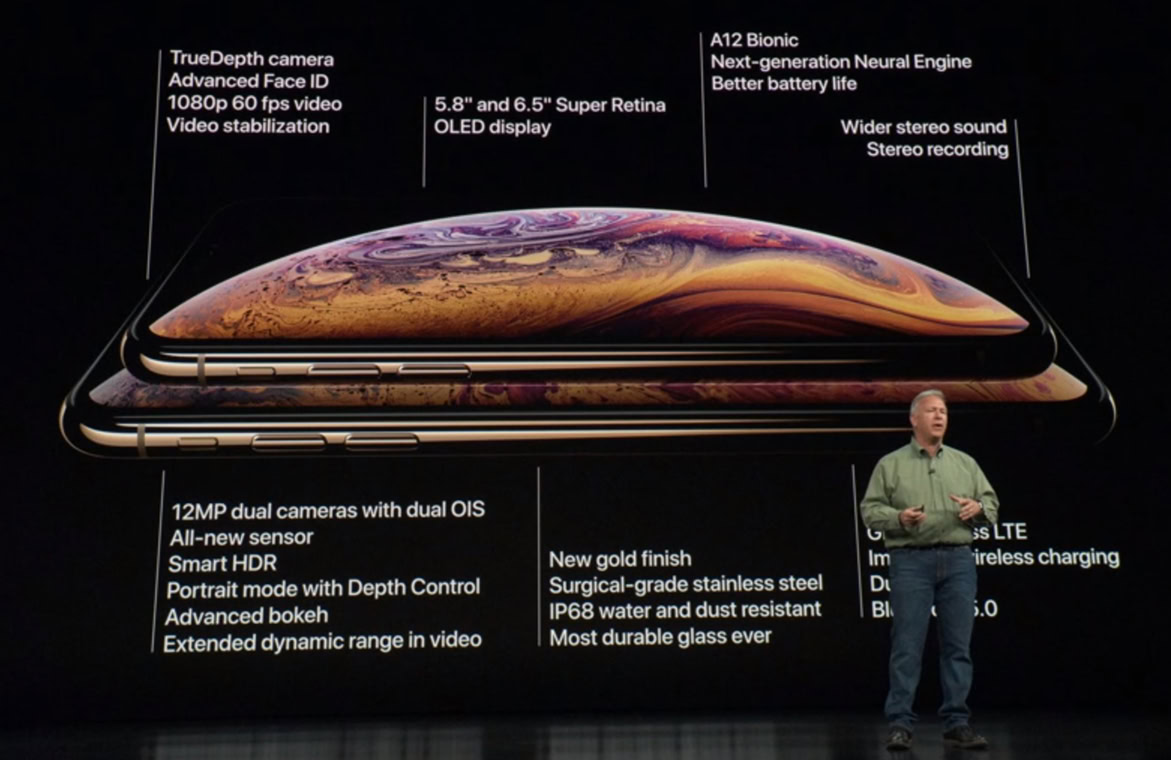
First up we have the direct sequel to the iPhone X: the iPhone XS. The iPhone XS looks a lot like last year’s model, with the most notable changes being upgraded internals. On the street, it will be hard to tell if someone has the iPhone X or the iPhone XS, which is nothing new for Apple as it’s hard to even tell the difference between the iPhone 6S and the iPhone 8 without looking for a headphone jack.
Here are the specs of the new iPhone XS as compared to last year’s iPhone X:
| iPhone XS | iPhone X | |
|---|---|---|
Display | iPhone XS 5.8-inch OLED 2,436 x 1,125 120Hz | iPhone X 5.8-inch AMOLED 2,436 x 1,125 60Hz |
Processor | iPhone XS Apple A12 7nm construction | iPhone X Apple A11 10nm construction |
RAM | iPhone XS TBD | iPhone X 3GB |
Storage | iPhone XS 64GB, 256GB, 512GB | iPhone X 64GB, 256GB |
SIM | iPhone XS Dual SIM: 1 physical SIM 1 eSIM | iPhone X Single SIM slot |
Camera | iPhone XS Rear: Dual 12MP sensors Front: Single 7MP sensor | iPhone X Rear: 12MP + telepphoto Front: Single 7MP sensor |
Battery | iPhone XS TBD | iPhone X 2,716mAh |
Wireless fast charging | iPhone XS Yes | iPhone X Wireless, but not fast |
Construction | iPhone XS Stainless Steel and glass | iPhone X Stainless steel and glass |
Colors | iPhone XS Space Grey, Silver, Gold | iPhone X Space Grey, Silver |
Headphone Jack | iPhone XS No | iPhone X No |
IP Certification | iPhone XS IP68 | iPhone X IP67 |
Dimensions | iPhone XS 143.6 x 70.9 x 7.7mm | iPhone X 143.6 x 70.9 x 7.7mm |
Weight | iPhone XS 177g | iPhone X 174g |
Price | iPhone XS $999 | iPhone X $999 |
Pre-Order | iPhone XS September 14, 2018 | iPhone X October 27, 2017 |
Available | iPhone XS September 21, 2018 | iPhone X November 3, 2017 |
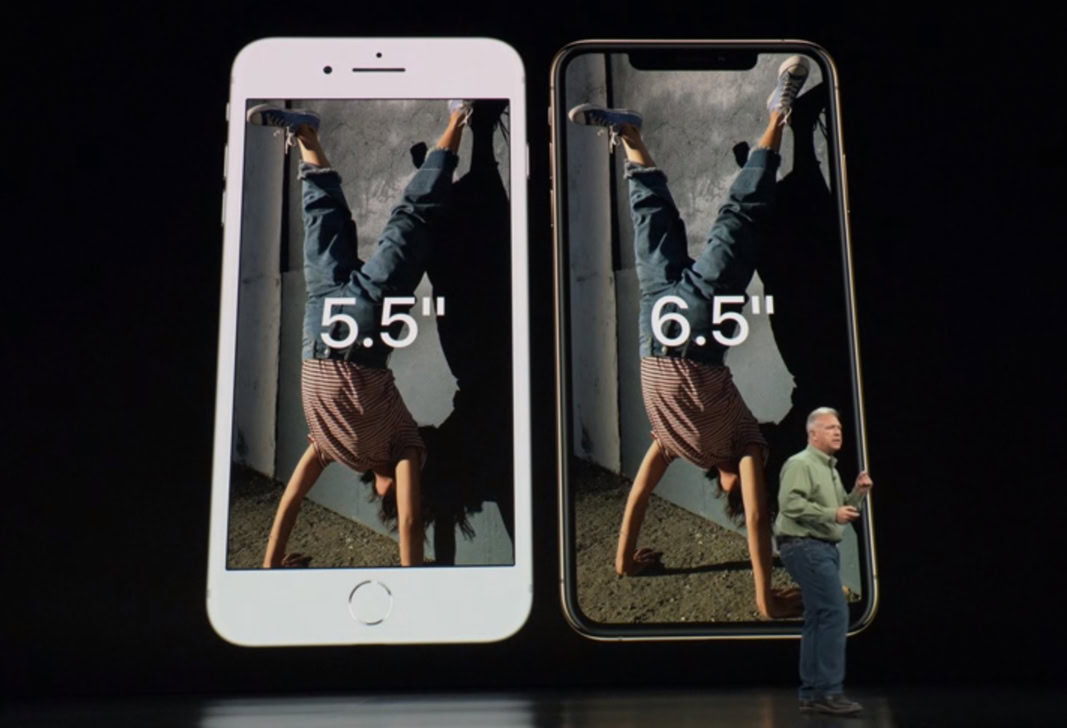
Along with the iPhone XS, Apple also announced a larger variant of that model called the iPhone XS Max. It beefs up the display and the internals a bit but otherwise is essentially the same device, albeit bigger.
Here are the specs of the iPhone XS Max as compared to the iPhone XS:
| iPhone XS Max | iPhone XS | |
|---|---|---|
Display | iPhone XS Max 6.5-inch OLED 2,688 x 1,242 120Hz | iPhone XS 5.8-inch OLED 2,436 x 1,125 120Hz |
Processor | iPhone XS Max Apple A12 7nm construction | iPhone XS Apple A12 7nm construction |
RAM | iPhone XS Max TBD | iPhone XS TBD |
Storage | iPhone XS Max 64GB, 256GB, 512GB | iPhone XS 64GB, 256GB, 512GB |
SIM | iPhone XS Max Dual SIM: 1 physical SIM 1 eSIM | iPhone XS Dual SIM: 1 physical SIM 1 eSIM |
Camera | iPhone XS Max Rear: Dual 12MP sensors Front: Single 7MP sensor | iPhone XS Rear: Dual 12MP sensors Front: Single 7MP sensor |
Battery | iPhone XS Max TBD | iPhone XS TBD |
Wireless fast charging | iPhone XS Max Yes | iPhone XS Yes |
Construction | iPhone XS Max Stainless steel and glass | iPhone XS Stainless steel and glass |
Colors | iPhone XS Max Space Grey, Silver, Gold | iPhone XS Space Grey, Silver, Gold |
Headphone Jack | iPhone XS Max No | iPhone XS No |
IP Certification | iPhone XS Max IP68 | iPhone XS IP68 |
Dimensions | iPhone XS Max 157.5 x 77.4 x 7.7mm | iPhone XS 143.6 x 70.9 x 7.7mm |
Weight | iPhone XS Max 208g | iPhone XS 177g |
Price | iPhone XS Max $1,099 | iPhone XS $999 |
Pre-Order | iPhone XS Max September 14, 2018 | iPhone XS September 14, 2018 |
Available | iPhone XS Max September 21, 2018 | iPhone XS September 21, 2018 |
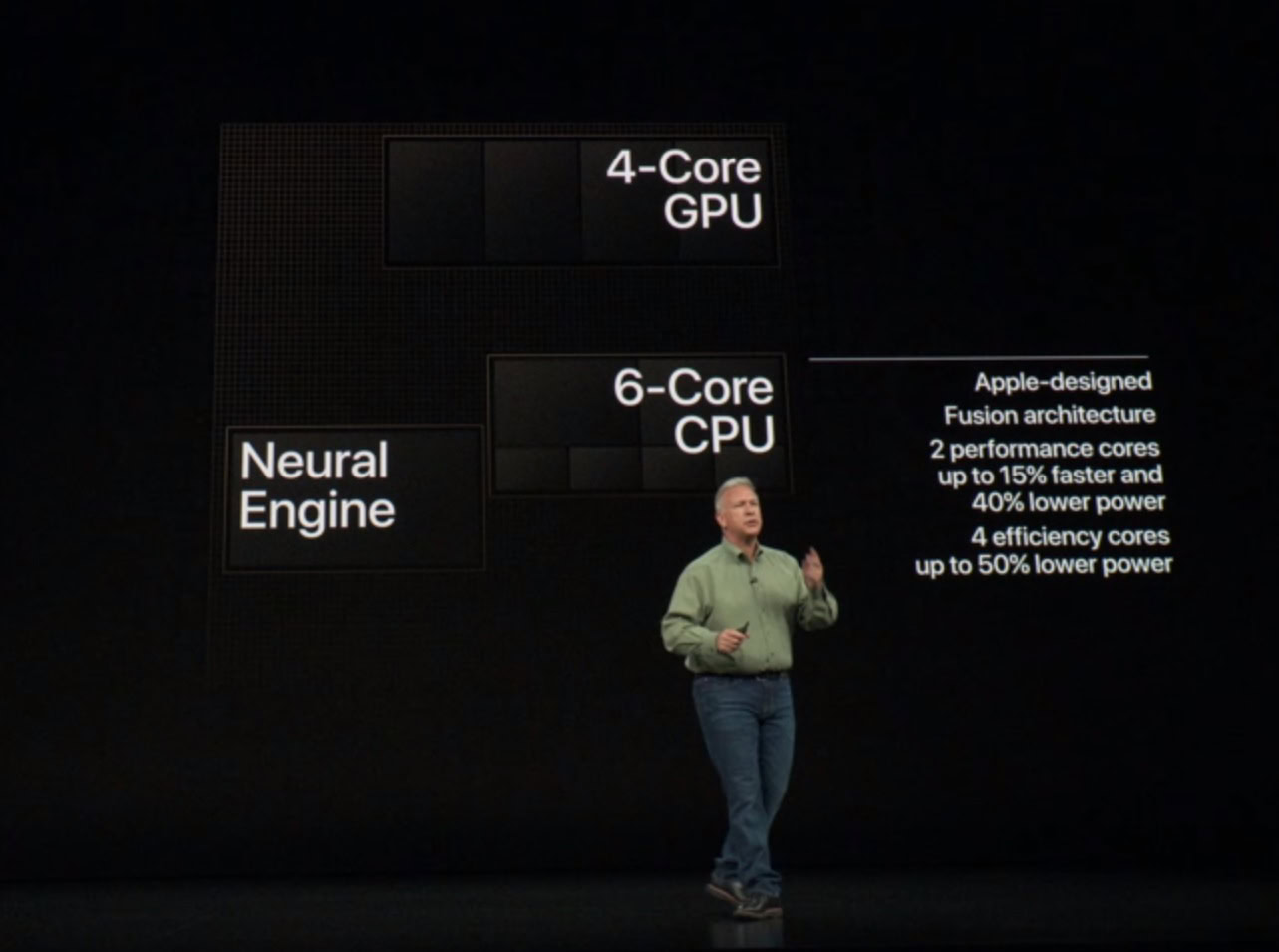
Both iPhone XS models are powered by the A12 Bionic chipset, the follow-up to last year’s A11 Bionic. This will make the new iPhones ideal for machine learning and AR functions, as well as make day-to-day tasks faster and smoother.
On stage, Apple claimed the Apple A12 Bionic is the first 7-nanometer chip for a smartphone. However, the HUAWEI Kirin 980 is technically the first to launch, although it’s likely that the Apple chip will actually hit store shelves before the Kirin 980 will.
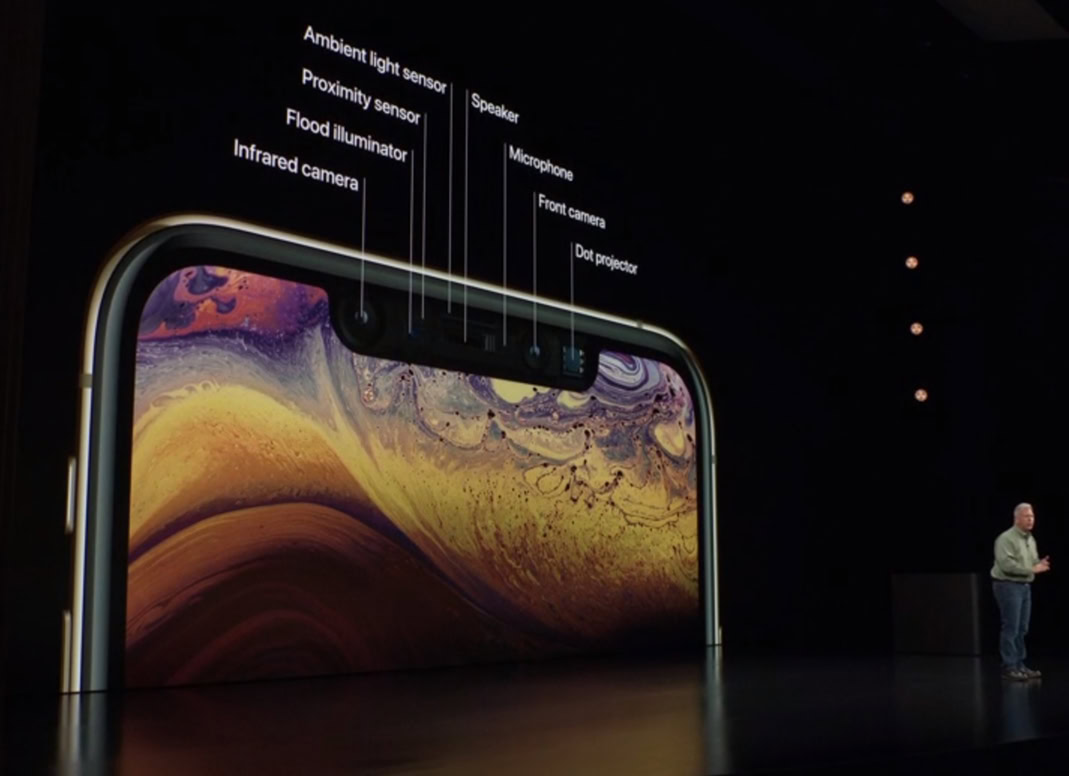
The cameras in the XS and XS Max get some big upgrades, including something Apple calls Smart HDR. Using Smart HDR, the camera can compile several photos into one using the A12 chip. It works the same as regular HDR, but, you know… smarter. Or something.
Jokes aside, you can now customize your depth-of-field after you take a portrait mode-style shot using the iPhone’s new, faster processor. For example, you can take a bokeh shot with a faded background, and then alter the bokeh effect on the finished shot. This will make portrait mode photography incredibly easy.
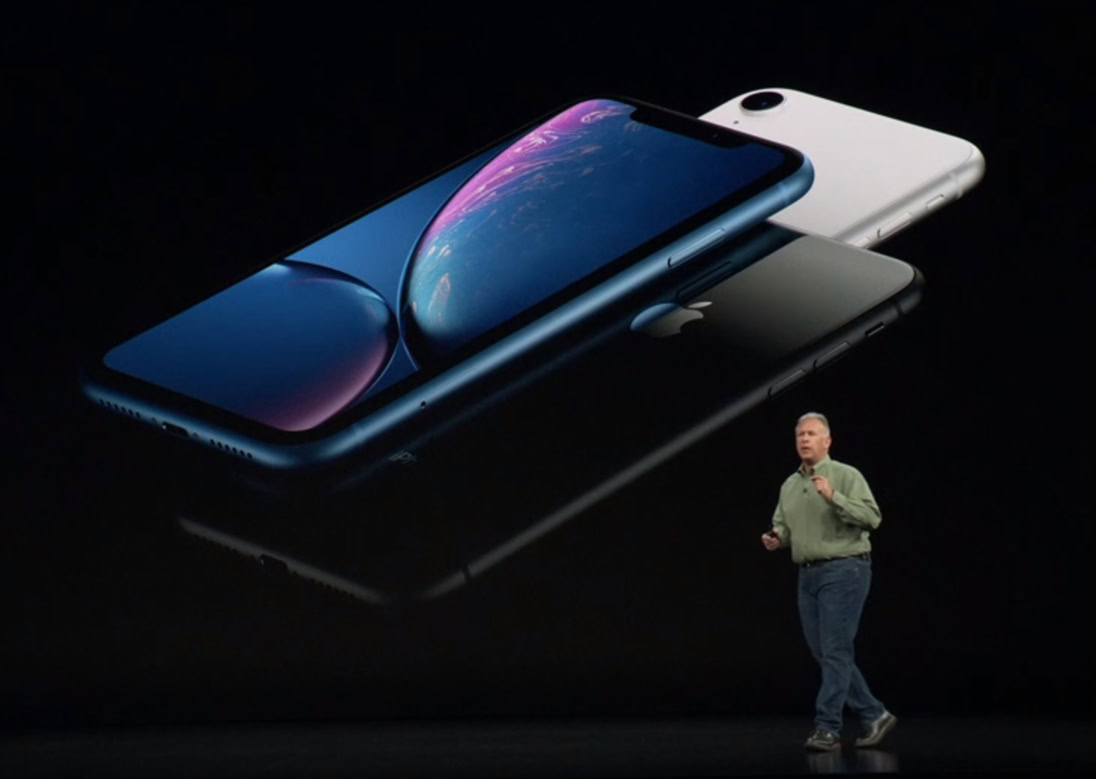
Finally, Apple also unveiled the brand new iPhone XR. While the iPhone XR looks a lot like the iPhone XS Max, it’s actually more of a “budget” model. By cutting some corners when it comes to the premium features of the XS and the XS Max, Apple is positioning the XR as its dip into the mid-range market.
Here are the specs of the iPhone XR as compared to the iPhone XS:
| iPhone XR | iPhone XS | |
|---|---|---|
Display | iPhone XR 6.1-inch TFT-LCD 1,792 x 828 120Hz | iPhone XS 5.8-inch OLED 2,436 x 1,125 120Hz |
Processor | iPhone XR Apple A12 7nm construction | iPhone XS Apple A12 7nm construction |
RAM | iPhone XR TBD | iPhone XS TBD |
Storage | iPhone XR 64GB, 128GB, 256GB | iPhone XS 64GB, 256GB, 512GB |
SIM | iPhone XR Dual SIM: 1 physical SIM 1 eSIM | iPhone XS Dual SIM: 1 physical SIM 1 eSIM |
Camera | iPhone XR Rear: Single 12MP sensor Front: Single 7MP sensor | iPhone XS Rear: Dual 12MP sensors Front: Single 7MP sensor |
Battery | iPhone XR TBD | iPhone XS TBD |
Wireless fast charging | iPhone XR Yes | iPhone XS Yes |
Construction | iPhone XR Aluminum and glass | iPhone XS Stainless steel and glass |
Colors | iPhone XR Black, White, Red, Yellow, Coral, Blue | iPhone XS Space Grey, Silver, Gold |
IP Certification | iPhone XR IP67 | iPhone XS IP68 |
Headphone Jack | iPhone XR No | iPhone XS No |
Dimensions | iPhone XR 150.9 x 75.7 x 8.3mm | iPhone XS 143.6 x 70.9 x 7.7mm |
Weight | iPhone XR 194g | iPhone XS 177g |
Price | iPhone XR $749 | iPhone XS $999 |
Pre-Order | iPhone XR October 19, 2018 | iPhone XS September 14, 2018 |
Available | iPhone XR October 26, 2018 | iPhone XS September 21, 2018 |
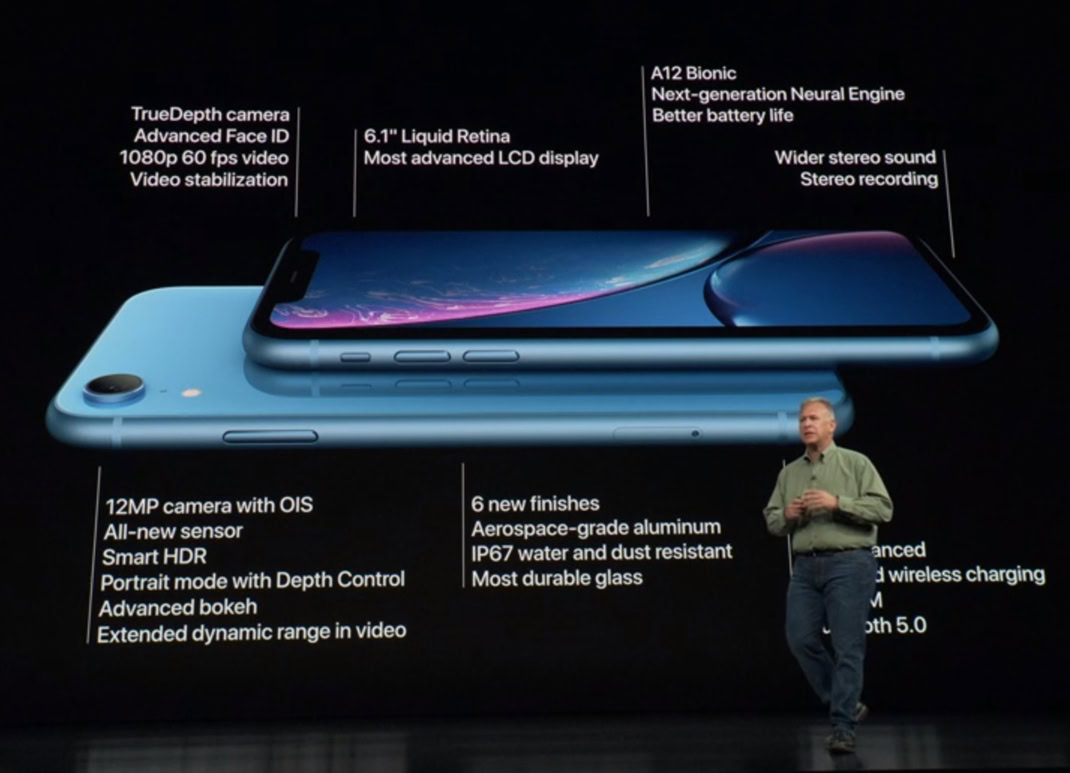
Of course, this is Apple, so its mid-range pricing is considerably more expensive than Android’s mid-range pricing. The iPhone XR will start at $749 — hardly a bargain when compared to similar Android devices. But, when you compare it to the pricing of the iPhone XS and the iPhone XS Max, it makes more sense: they start at $999 and $1,099 respectively.
iOS 12
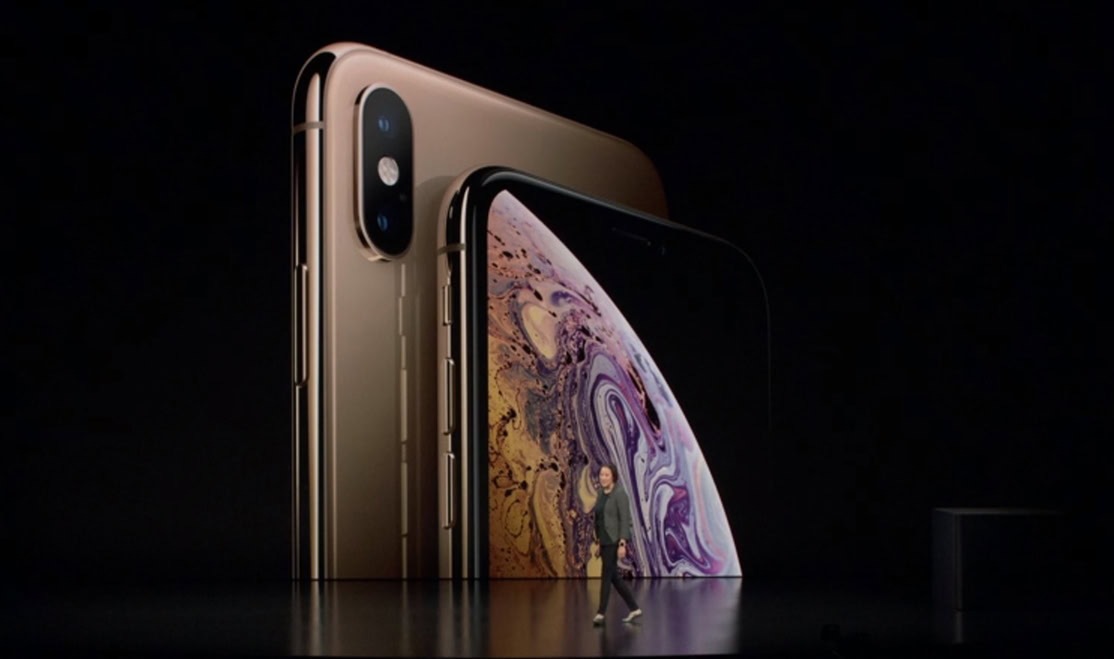
Apple’s iOS is what powers iPhones and iPads, and this year’s update brings a ton of new features (many of which are clearly cribbed from Android). All iPhones from the iPhone 5S to the latest models will receive iOS 12.
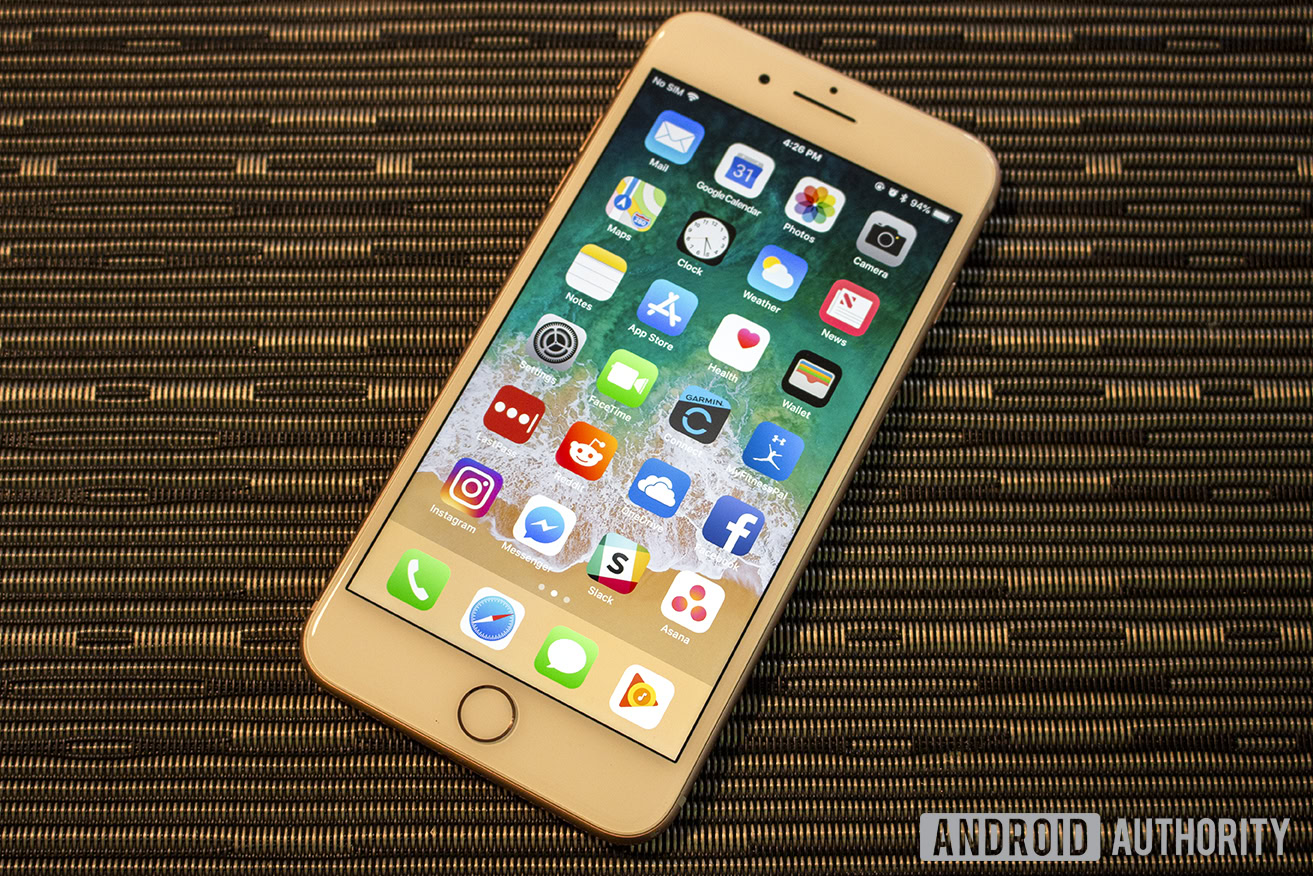
The biggest change in iOS 12 is kind of a direct response to Android: notifications. Notifications within iOS have been a big mess in recent years (we hit on that hard in this article) and iOS 12 attempts to address some of those concerns.
Notifications will now be grouped together by application, rather than appearing in a seemingly endless stream. If you get seven Instagram notifications, they will all get grouped under an Instagram heading, which you can then choose to expand if you want to.
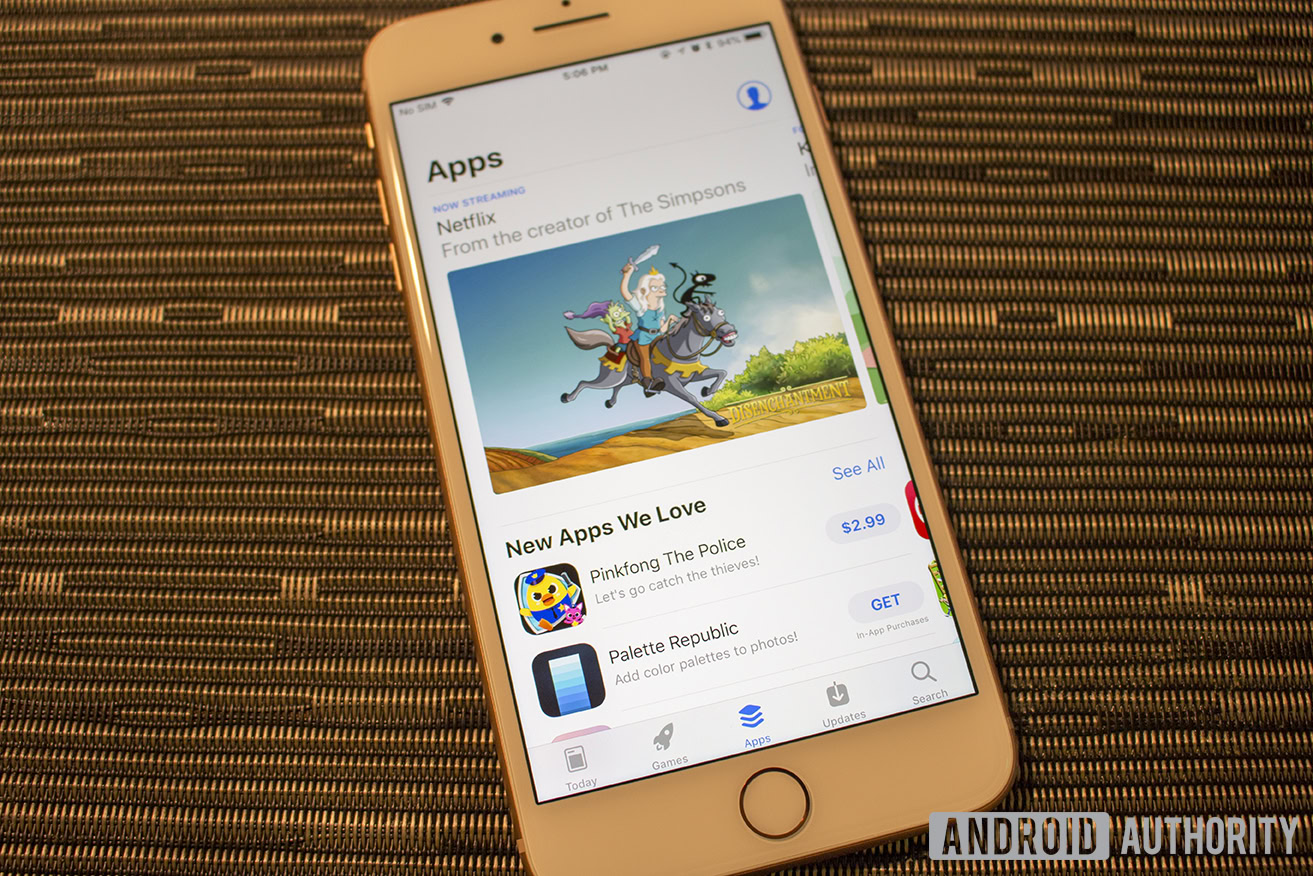
You can also easily tweak notification settings for various apps right from the notification group itself by swiping from right to left on the alert. These changes might seem small, but it brings iOS 12 a bit closer to Android when it comes to notification organization.
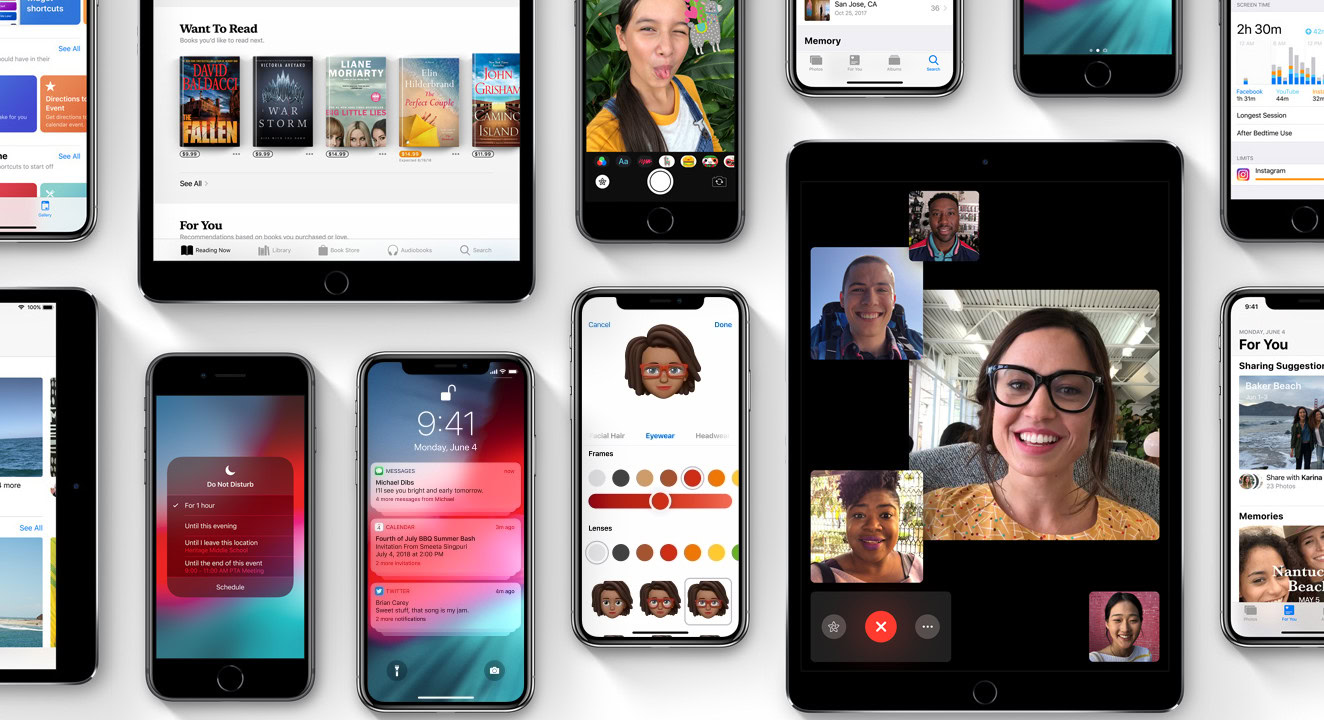
Elsewhere, Apple integrates several new features into iOS that will help you unplug from your iPhone and possibly curb your smartphone addiction. Tools like Down Time, Screen Time, and App Limits are very similar to Google’s own Digital Wellbeing initiative which launched at Google I/O earlier this year.
Siri gets an upgrade with a new feature called Siri Shortcuts, which are essentially the same as Google Assistant Routines, which were also launched earlier this year. Using Shortcuts, you can ask Siri to do multiple things at once through only one voice command.
Finally, Apple’s Animoji get an upgrade with the new Memoji, which is like a mix between Animoji and Samsung’s AR Emoji. However, we will concede that Memoji look a lot better than AR Emoji.
Apple Watch Series 4
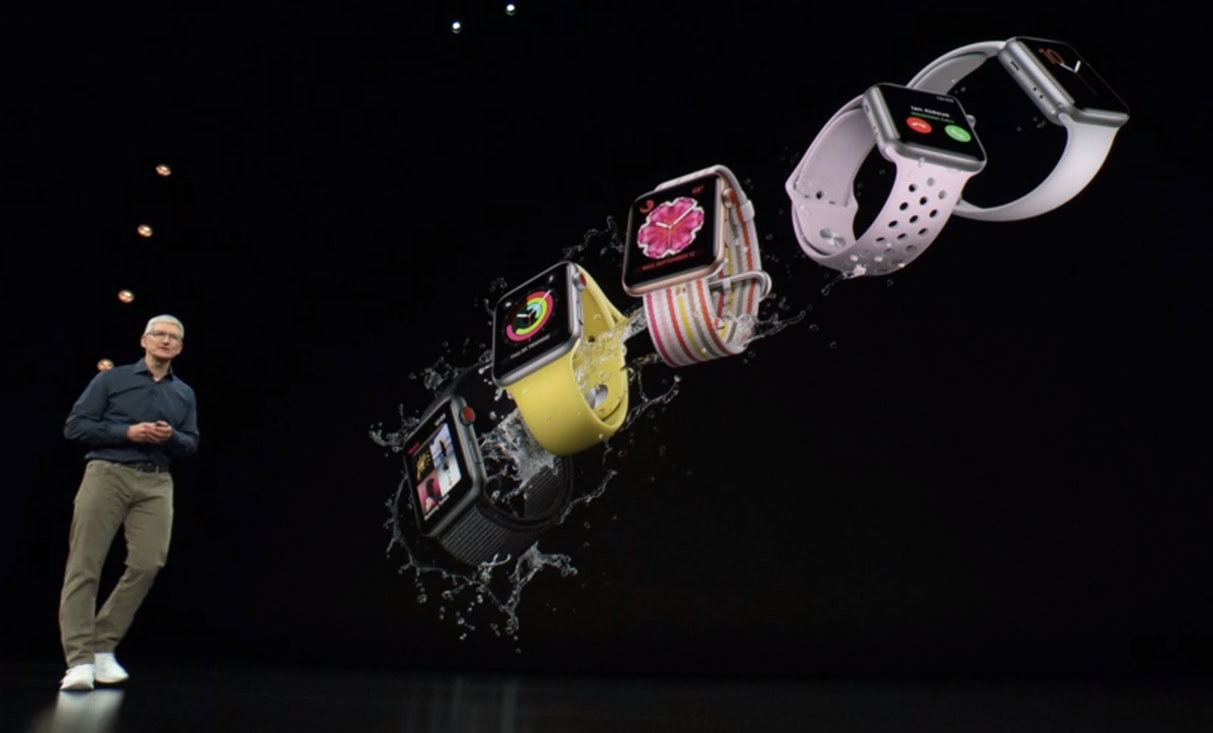
Despite the efforts of multiple Android OEMs, the Apple Watch is almost universally described as the world’s best smartwatch, even for Android users. That’s why the Apple Watch Series 4 is one of the most exciting product launches from today for Apple fans.
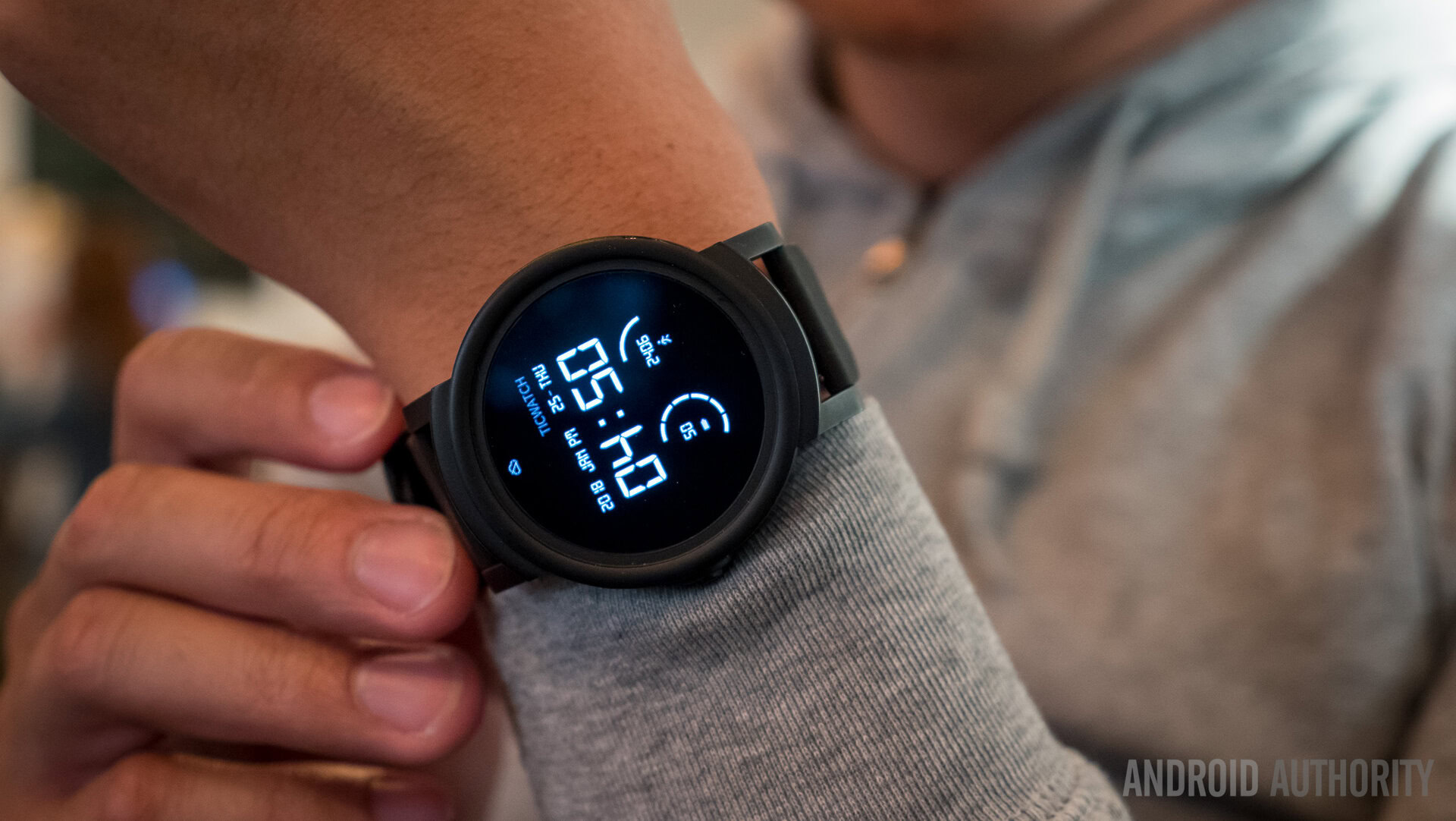
The biggest change with the Series 4 is the size of the watch face itself: the display is over 30 percent larger. The resolution of the display jumped from 312 x 390 to 384 x 480. This might not seem like much but it makes a huge difference.
The UI of the device has been altered to take advantage of the new screen size, with a completely customizable watch display. You can alter the complications shown on the watch face to your liking, even changing back and forth between faces for different times during your day.
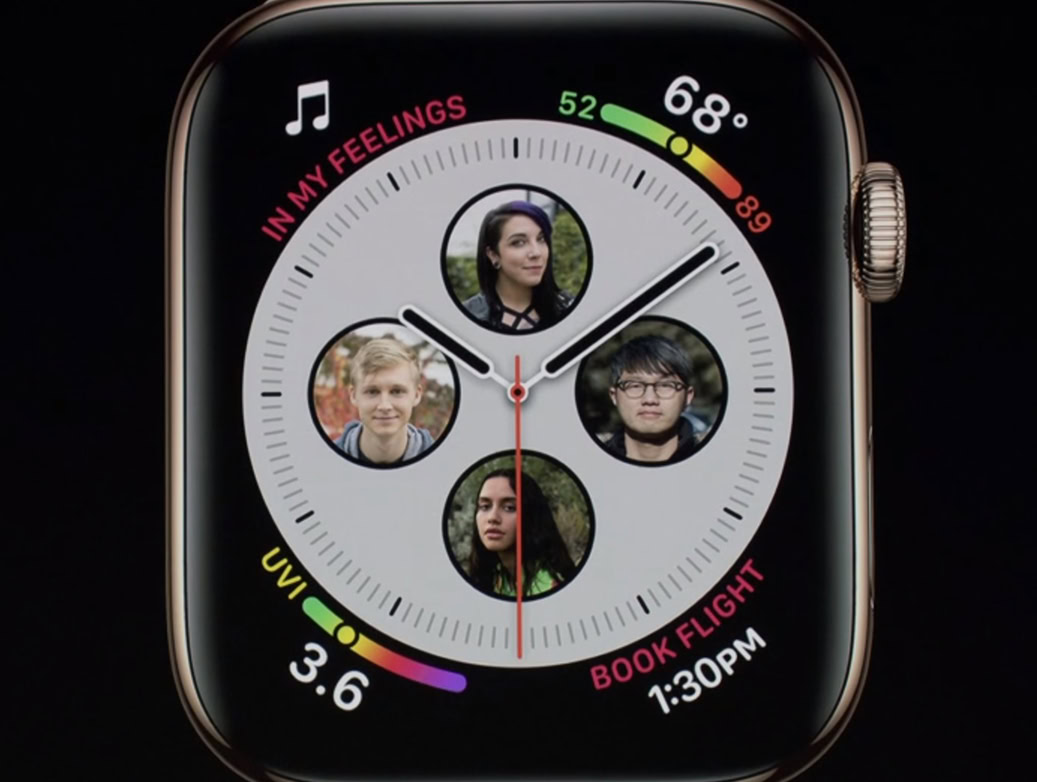
The microphone was moved to the opposite side of the watch, as far from the upgraded speakers as possible, making the Apple Watch Series 4 better for both phone calls and responses from Siri.
With a new advanced gyroscope built in, the Apple Watch can now detect when you fall. If the watch senses that you fell it will offer you an option to call emergency services. If the watch detects you are immobile, it will automatically place the call for you and even alert your family.
The Apple Watch Series 4 also received some new sensors, most notably an electrocardiogram (ECG) sensor, the first product of its kind to be offered directly to consumers. This monitors your heart rate in real time. Additionally, the upgraded heart sensor will notify you if it detects an abnormal or heightened heart rate.
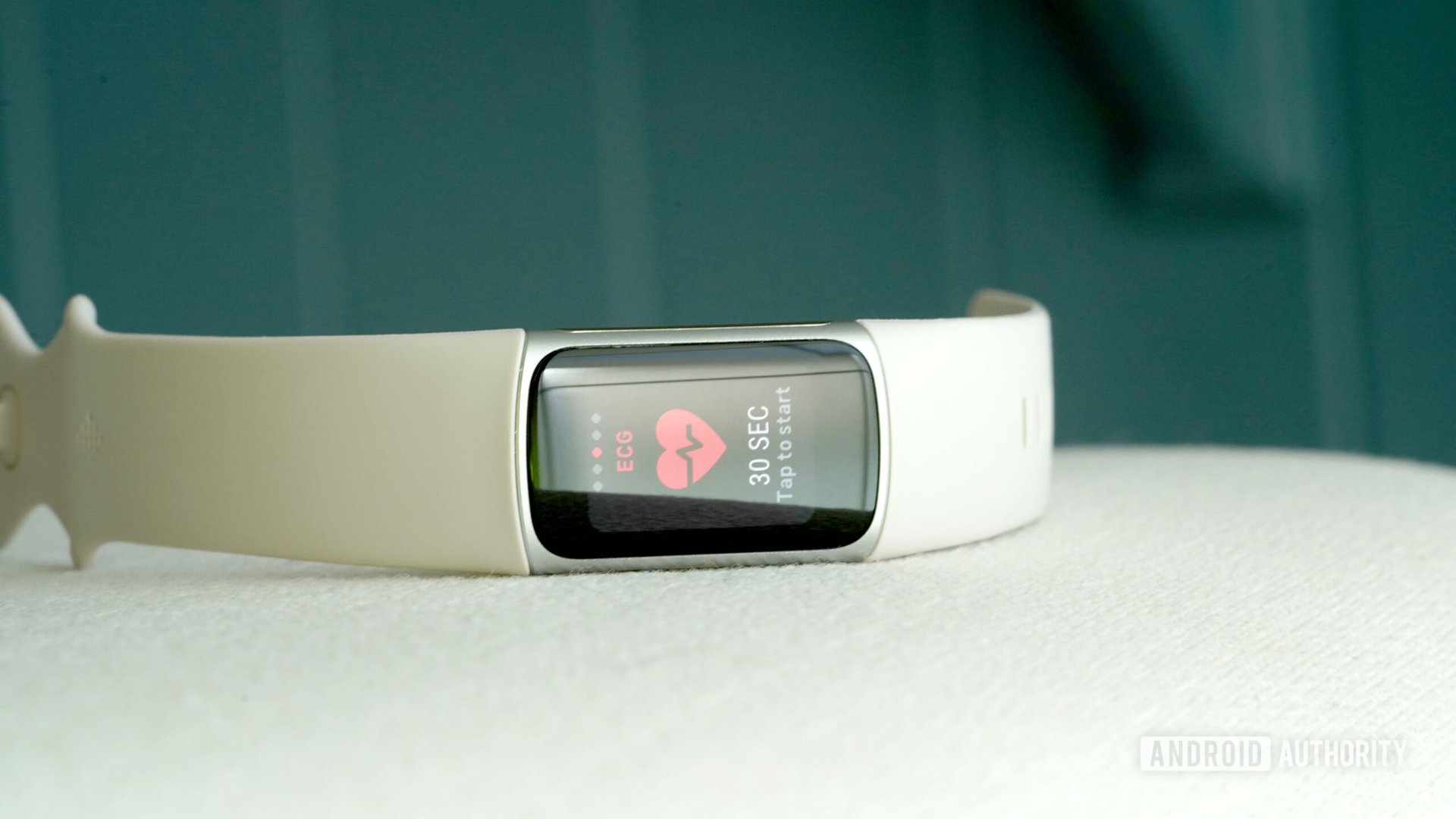
Apple’s technology surrounding this is good enough that the watch now has FDA approval, which is a huge deal. You can now take an ECG and share it with your doctor, which could save elderly people hundreds or even thousands of dollars per year.
The Apple Watch Series 4 also has the same, 18-hour battery life as the previous Apple Watches and comes in three colors: silver, gold, and space grey.
The Apple Watch ain’t cheap — a new Apple Watch Series 4 will set you back $399 for the non-cellular model or $499 for the cellular model. However, the older Series 3 model drops to $249. The watch will hit store shelves on September 21 and pre-orders begin on September 14.
Watch OS 5
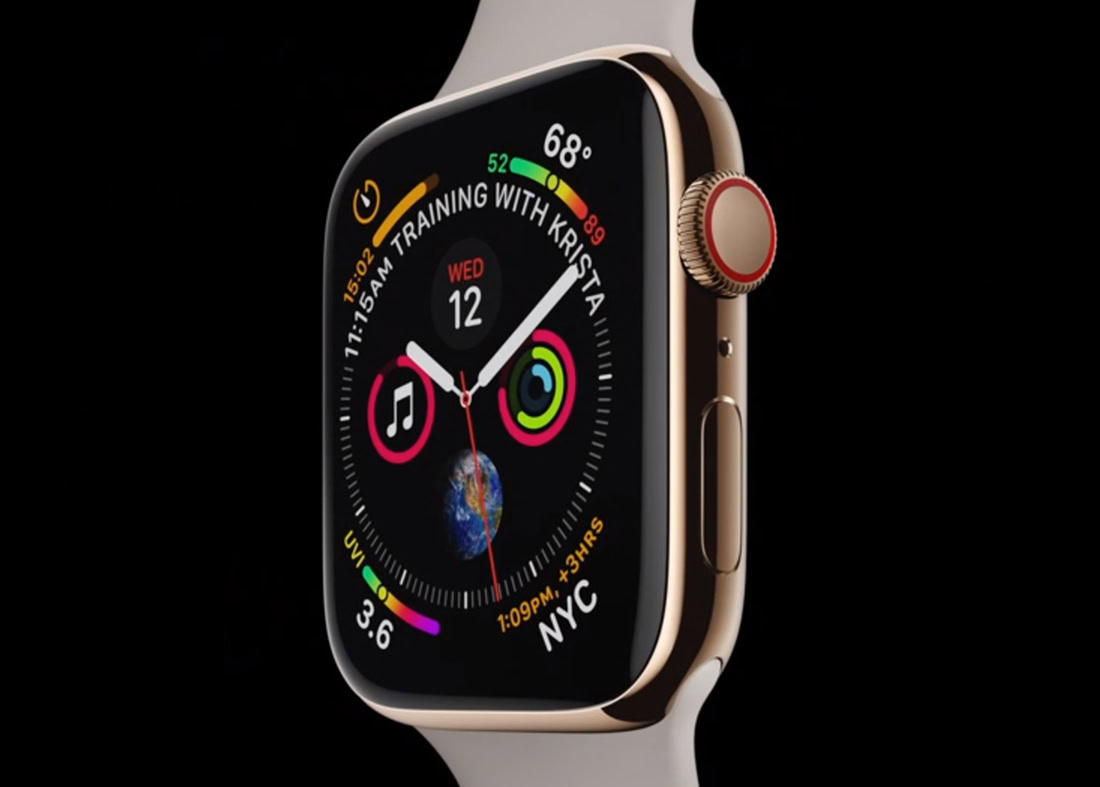
Watch OS 5 also got some major updates, including some awesome new podcast features (including the ability to download and control podcasts right from the watch) as well as Siri integration with the Apple Podcasts app.
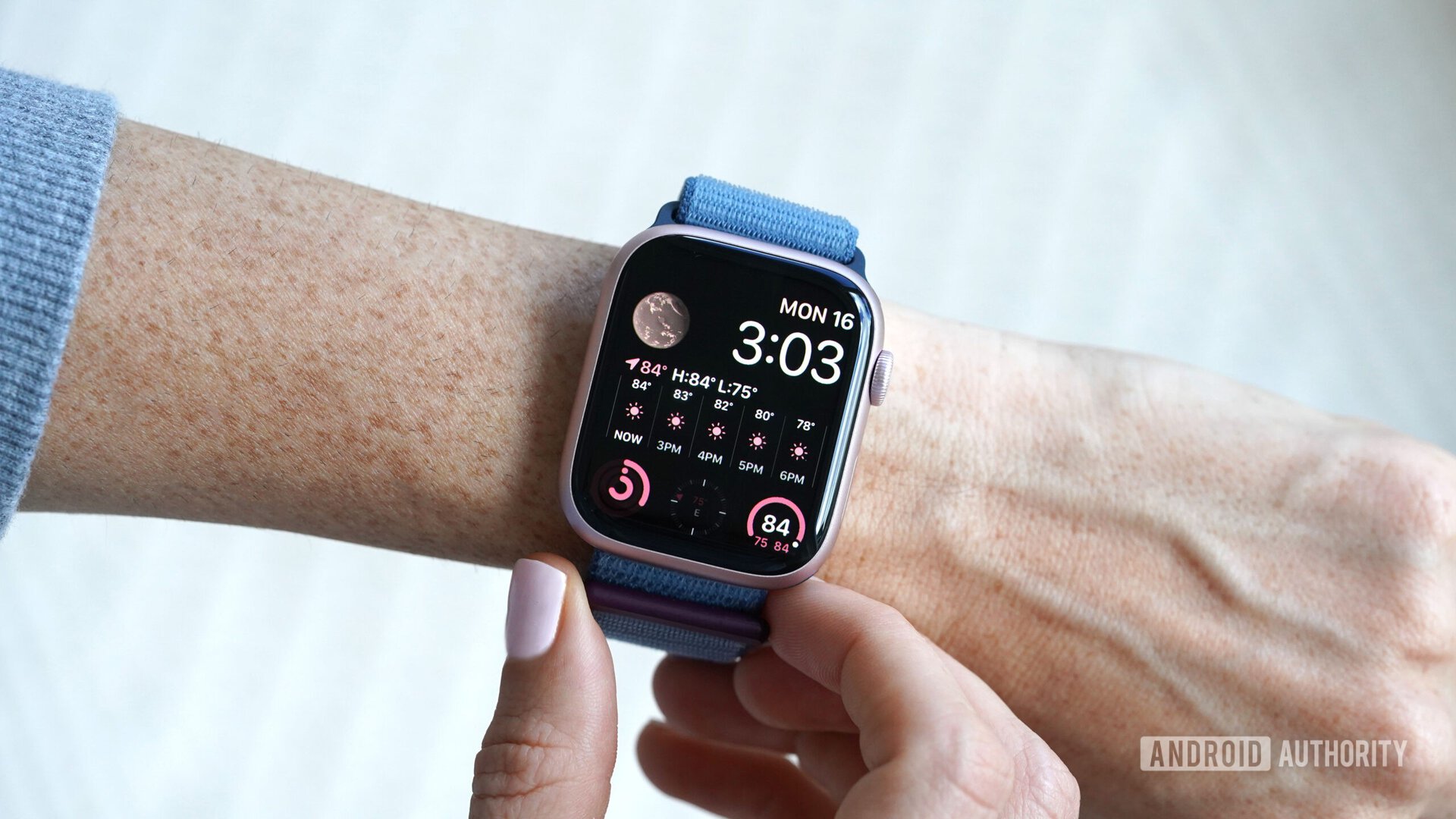
You can download music and audiobooks to your Apple Watch from apps like Pandora and Audible, and talk to Siri without having to say “Hey, Siri.” There are numerous updates to workouts and a new walkie-talkie feature that lets you communicate with other Apple Watch users by sending voice messages back and forth.
Unfortunately, Watch OS 5 is not coming to the original Apple Watch (Series 0) — only Apple Watch Series 1 and newer will get the update.
Other announcements
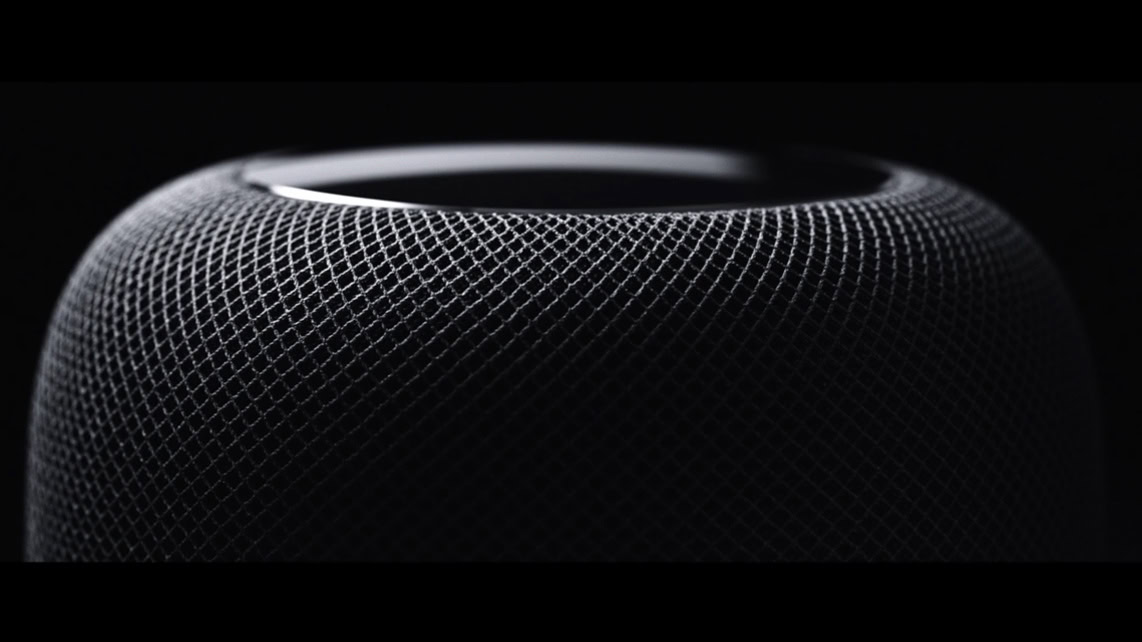
Apple kept the entire event centered mostly on iPhones and the Apple Watch, but did manage to squeeze three other tidbits of info out:
- On September 17, an update to the Apple HomePod will enable you to link two HomePods together to create multiple-room sound.
- Also on September 17, an update to tvOS will ship to Apple TV boxes that will bring Dolby Atmos sound.
- On September 24, the latest version of macOS (Mojave) will land on Apple computers, bringing new design elements, an updated Mac Store, a dark mode, and more.
For more expanded coverage on Apple news, check out our sister site DGiT which will be covering the event in full!